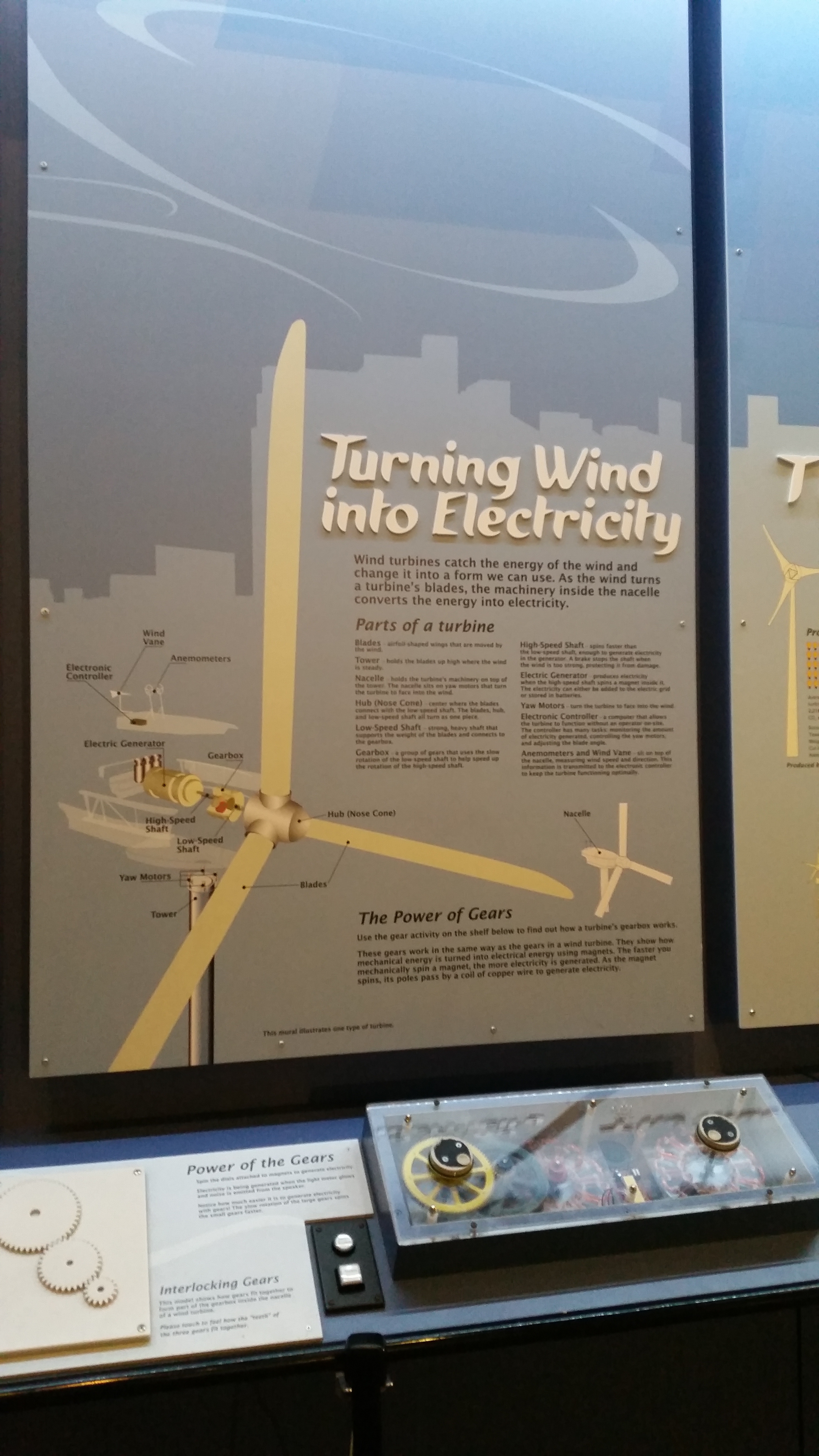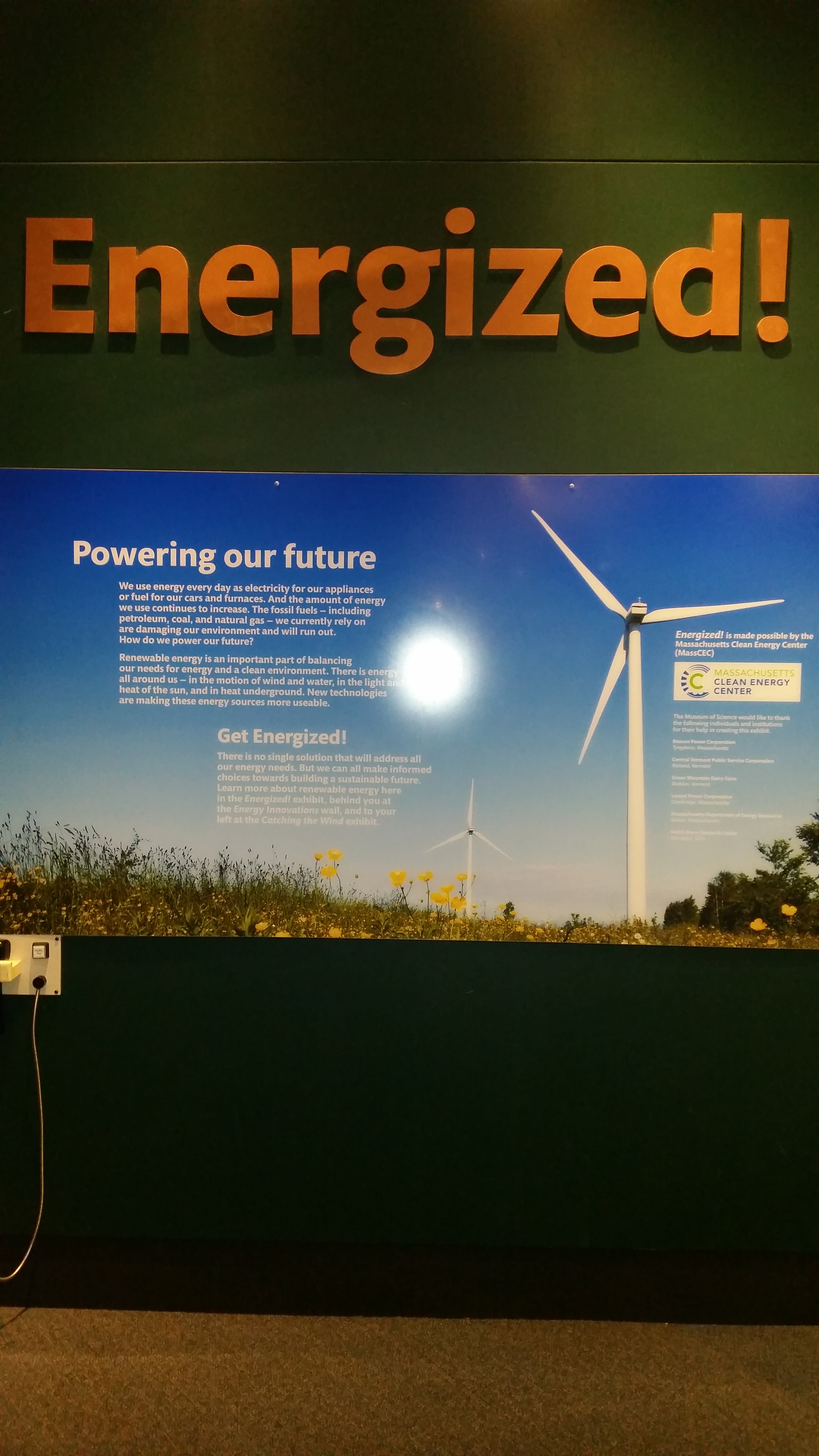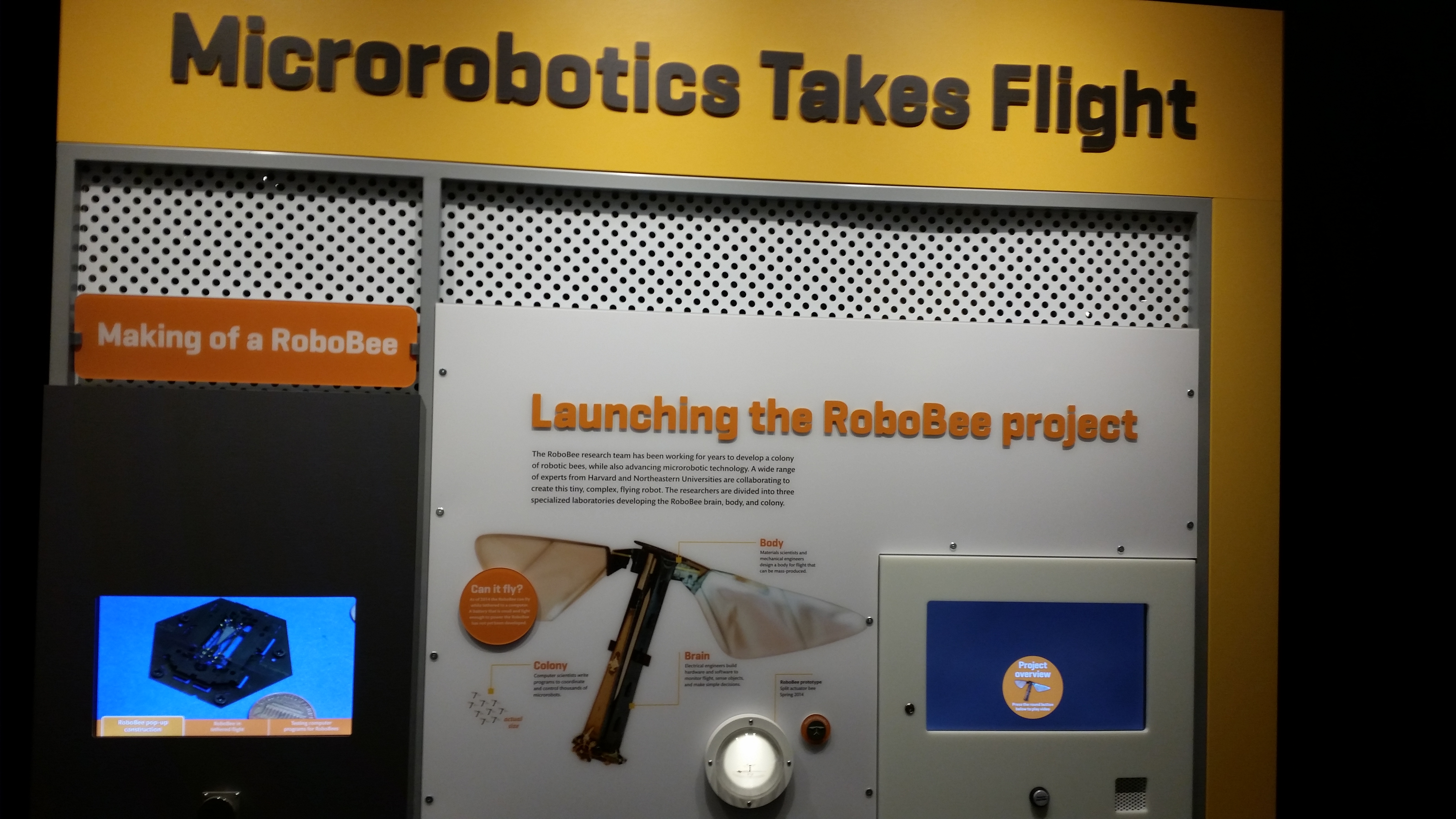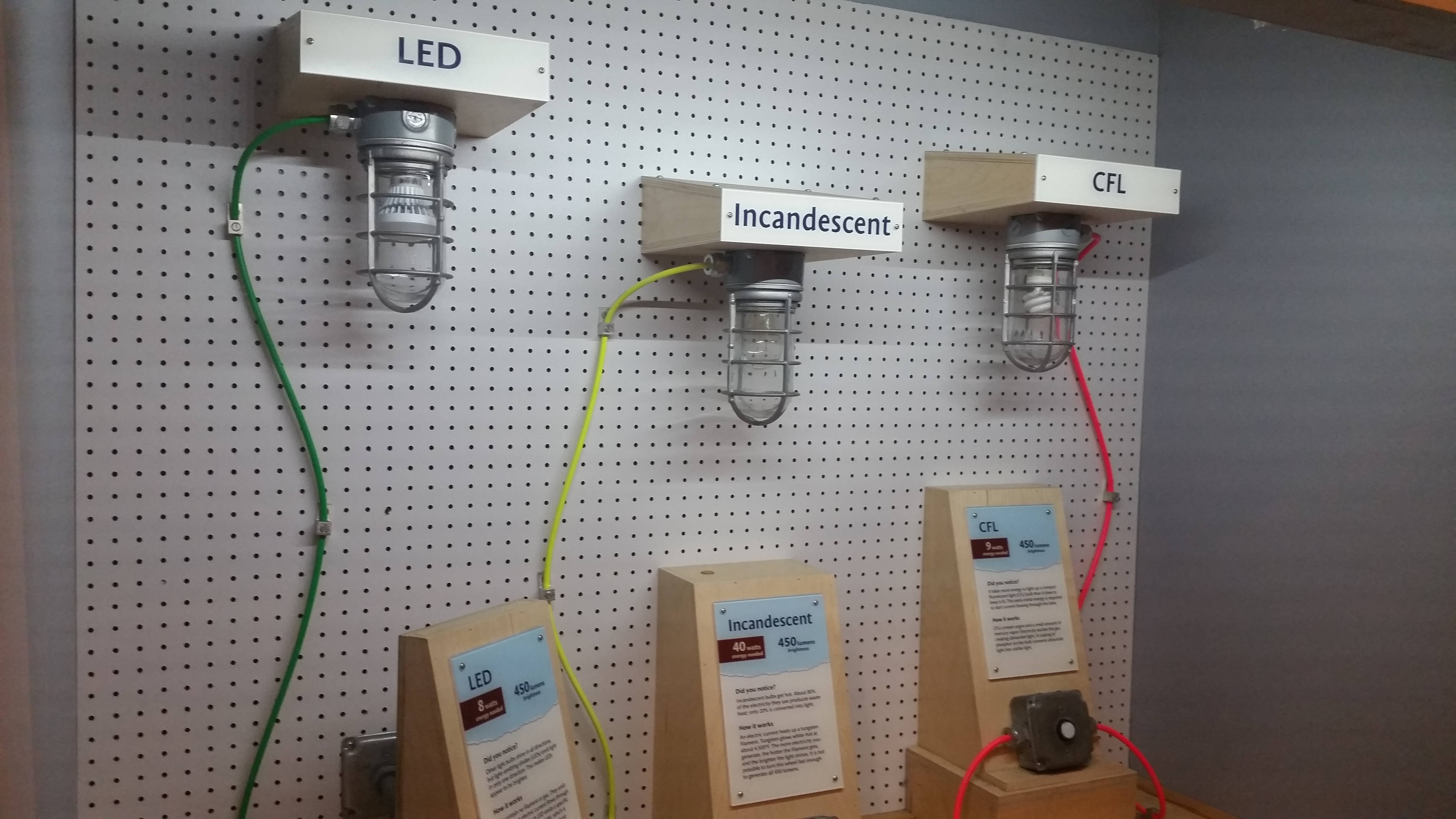In 2009, President Obama pledged to bring the United States greenhouse gas emissions 17% below their 2005 levels by the year 2020. In 2013, the Presidents Climate Action Plan, was developed and published as the actionable process to bring about a reduction of our countries harmful impact on green house gas emissions on our planet.
While the entire plan is extensive, and can be reviewed in it’s entirety at the citation footnoting this document, I will survey just a few of the initiatives I particularly liked.
Increasing Fuel Economy Standards
Today, almost 1/3 of the energy consumption in the US is spent in transporting people and freight from one location to another. To help bring this number down, the Climate Action Plan (CAP) call for implementing fuel economy standards for heavy duty trucks, buses and vans ( a first as there currently are no limits ) produced after 2014. Further, the plan would also shoot for an average performance equivalence of 54.5 miles per gallon for passenger vehicles by 2025. By the Whitehouse’s estimate that will eliminate over 6 Gigatonnes of carbon pollution.
Phasing Out Subsidies
International Energy Agency estimates that the phase-out of fossil fuel subsidies – which amount to more than $500 billion annually – would lead to a 10 percent reduction in greenhouse gas emissions below business as usual by 2050. At the 2009 G-20 meeting in Pittsburgh, the United States successfully advocated for a commitment to phase out these subsidies, and we have since won similar commitments in other fora such as APEC. President Obama is calling for the elimination of U.S. fossil fuel tax subsidies in his Fiscal Year (FY) 2014 budget, and we will continue to collaborate with partners around the world toward this goal[1]
While this is a notable first step, it does not address all the relevant fuel subsides, for instance, corn farmers still receive subsidies to grow corn. Which is then used to produce ethanol. While the cost of adding ethanol to gasoline, may be cost competitive with subsides, without it would be a bit harder to sell. The cost to the environment just to grow and transport the corn, much less process it into ethanol, is down right prohibitive and that is why the corn subsidies should be discarded as well.
Enhancing Multilateral Engagement with Major Economies :
In 2009, President Obama launched the Major Economies Forum on Energy and Climate, a high-level forum that brings together 17 countries that account for approximately 75 percent of global greenhouse gas emissions, in order to support the international climate negotiations and spur cooperative action to combat climate change. The Forum has been successful on both fronts – having contributed significantly to progress in the broader negotiations while also launching the Clean Energy
Ministerial to catalyze the development and deployment of clean energy and efficiency solutions. We are proposing that the Forum build on these efforts by launching a major initiative this year focused on further accelerating efficiency gains in the buildings sector, which accounts for approximately one-third of global carbon pollutions from the energy sector.[1]
While piecemeal efforts to reduce the impact of climate change are important, the most prolific polluters are major powers with significant economic incentive to deliver cheap energy to their economies. Only two real factors will promote significant reductions, economic incentives (it being cheaper to use clean energy ) that haven’t been realized, or multilateral treaties that obligate polluters to reduce their individual emissions and in that way act in the better interest of all.
With ever more savage, wildfires, storms ,and droughts, climate deniers have grown fewer in number as the preponderance of evidence for human sponsored climate change continues to grow. That’s great news, but a more informed public is only a portion of the solution. What the world needs now is actionable procedures to address the problem, as well as the collective will to implement them. Hopefully, the President’s plan will be but a first in a series of legitimate attempts to meet a very real threat, with very concrete solutions.
Sources:
[1] http://www.whitehouse.gov/sites/default/files/image/president27sclimateactionplan.pdf




